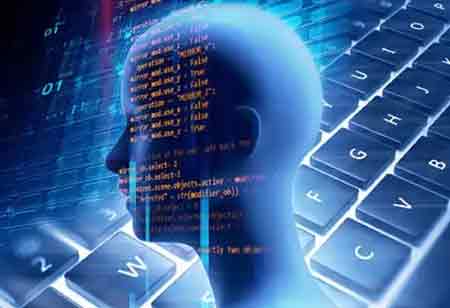THANK YOU FOR SUBSCRIBING
Training Artificial Intelligence to Find Disease-Related Genes; a Significant Step by Human Kind!
Researchers have developed an artificial neural network using deep learning to identify genes that are related to diseases

By
Apac CIOOutlook | Wednesday, February 19, 2020
Stay ahead of the industry with exclusive feature stories on the top companies, expert insights and the latest news delivered straight to your inbox. Subscribe today.
Researchers have developed an artificial neural network using deep learning to identify genes that are related to diseases
Fremont, CA: Scientists from Linkoping University, Sweden, created maps of biological systems based on how different proteins and genes interact with each other. They investigated, using artificial intelligence (AI), whether it is possible to discover biological networks with deep learning, in which experimental data train entities known as artificial neural networks. The developers hope that this method can eventually be applied within precision medicine and individualized treatment.
Scientists used an extensive data base with information about the expression patterns of 20,000 genes in a number of people. No data was given to the artificial neural network about which gene expression pattern were from people with diseases and those of healthy people. The model was then trained to find patterns of gene expression.
The model consists of several layers in which information is processed mathematically. It comprises of an input layer and an output layer that delivers the result of the information processing. And there are several hidden layers between these two, where calculations are done. When training the artificial neural network, the scientists investigated if it was possible to understand precisely how it works.
Upon investigating whether their AI model of gene expression could be used to determine which gene expression patterns are associated with disease and which is healthy, the scientists confirmed that the model found significant patterns that verify the body's biological mechanisms. As the model has been trained using unclassified data, the artificial neural network may have found entirely new patterns. The researchers are now planning to investigate whether such, previously unknown patterns, are relevant from a biological stand point.
Check out: Top Artificial Intelligence Companies





